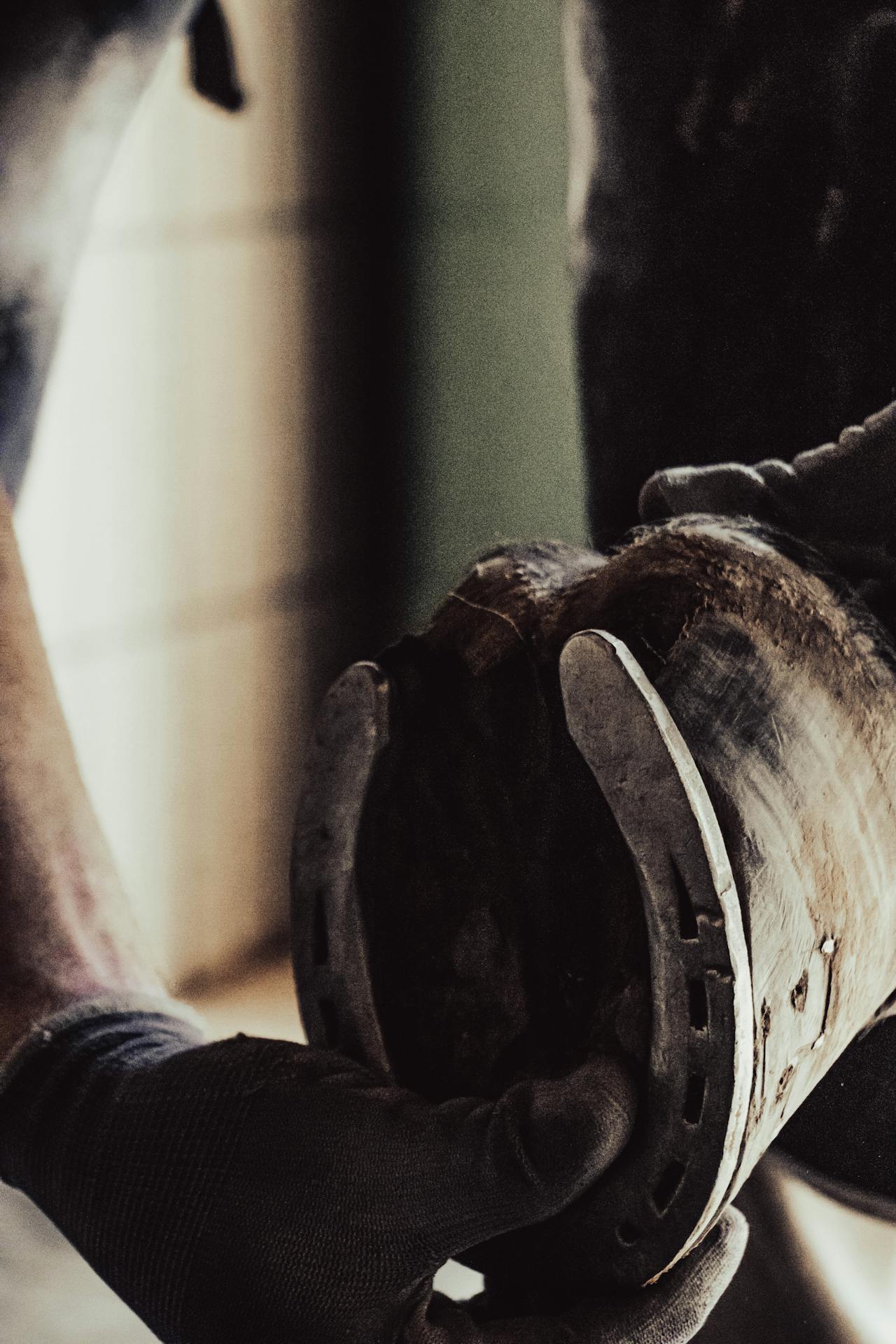Do Horses Need Shoes? The Pros and Cons of Shoeing
9th Oct 2024
If you’ve ever wondered why do horses wear shoes, you’re not alone. The decision to shoe a horse is a common discussion among horse owners. While some horses benefit from the added protection, others thrive barefoot. In this blog, we’ll explore the pros and cons of shoeing, why horses need shoes, and when it might be better to leave your horse barefoot.
Why Do Horses Need Shoes?
Horses wear shoes primarily to protect their hooves from wear and tear. Wild horses naturally trim their hooves by constantly moving over rough terrain, but domestic horses don’t always get that luxury. For working horses, whether they’re jumping, racing, or pulling carriages, the added stress on their hooves can lead to cracks, injuries, and excessive wear. That’s where horse shoes come in. They help prevent damage and provide extra traction in tough conditions like muddy or rocky terrain.
Shoes are often made of materials like metal horse shoes or aluminium horseshoes, which offer durability and strength. For temporary protection, you can opt for glue on horse shoes, which are lightweight and easier to reset.

The Pros of Shoeing
Shoeing a horse comes with several benefits. First and foremost, shoes can protect your horse’s hooves from injury and help reduce wear on hard surfaces. If you’re wondering why do horses need horseshoes for specific tasks, like pulling a cart or racing, it’s all about giving them the best chance to stay comfortable and injury-free. Shoes can also add extra traction, especially in wet or slippery conditions, which is essential for horses working on unstable terrain.
Corrective shoeing is another major benefit. Some horses have uneven gaits or hoof conditions that require specialised horseshoes to balance their movements. A skilled farrier can use shoes to correct these issues, ensuring the horse’s hoof health and overall wellbeing.
The Cons of Shoeing
However, shoeing isn’t without its drawbacks. One of the biggest downsides is the cost. Keeping a horse regularly shod requires farrier visits every six to eight weeks, which can add up over time. There’s also the potential for injury if the farrier doesn’t apply the shoes correctly. If nails are misaligned or too tight, it can cause pain or even long-term hoof damage.
Some horse owners also believe that going barefoot is a more natural option, as wild horses don’t wear shoes. They argue that with proper nutrition, trimming, and the right horse boots hoof for extra protection, a horse can perform just as well without shoes.
Deciding What’s Best for Your Horse
Ultimately, deciding whether to shoe your horse depends on their individual needs. If your horse is doing intense work on hard or rocky terrain, metal horseshoes or aluminium horse shoes might be necessary to prevent damage. But if they’re primarily in soft arenas or pastures, barefoot may be a good option, combined with regular trimming and maintenance.

